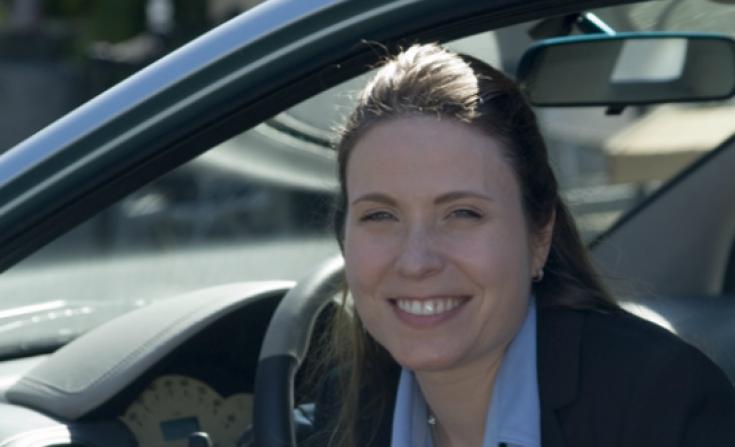If you’ve attempted to dive deep into the topic of car sharing, chances are you’ve come across Susan Shaheen, or at least some of her studies. About 18 years ago she fell in love with the concept, even though she’d probably never put it that way.
The idea of car sharing “resonated” with her, she said, as a Ph.D. student at the University of California at Davis looking for a dissertation topic. She saw a lecture by Michael Glotz-Richter, a German Marshall Fund Fellow from Bremen. She was fascinated by behavioral effects of people joining car sharing, and the resulting benefits for the environment, she recalled from her office at the University of California at Berkeley, home of the Institute of Transportation Studies, where she serves as a co-director of the Transportation Sustainability Research Center.
“He essentially showed that 44 percent or 45 percent of vehicle kilometers traveled were declining due to the use of car sharing, and people were selling their cars or not buying cars, somewhere around 7 to 15 I think the numbers were,” Shaheen said. The reductions in energy use and CO2 emissions were notable, achieved by people changing their behavior.
“I had been working on this idea of the station car that goes to and from the transit station. Is there a way that those vehicles could be shared and we could bring the concept of car sharing to the U.S.? And I was really deeply interested, and studying this by actually demonstrating it, putting a real project on the ground and seeing if we could get people to behave differently, and that’s where my work began.”
By the numbers
Now Shaheen can prove that the numbers in North America are actually very similar to what Glotz-Richter witnessed in Germany. In a recent study with close to 7,000 participants, a stunning 50 percent either sold a car or didn’t buy one because car sharing was available.
And while the general concept has been around for a while now, Shaheen still sees a lot of potential for growth. The classic model of sharing is a round-trip, station-based model. But recently, point-to-point car sharing services have been making inroads, a concept that allows participants to actually use the service to commute to work instead of relying on it more typically just on evenings or weekends.
Shaheen added, “We see college market applications of it in the university environment. We also see employer-based applications of it, and then there’s peer-to-peer, so you put your own personal vehicle in. There’s a lot of room for expanding this or scaling it into new market segments, both physical and socio-demographic — so older individuals, younger individuals, say in the college setting, but maybe also in retirement communities.”

